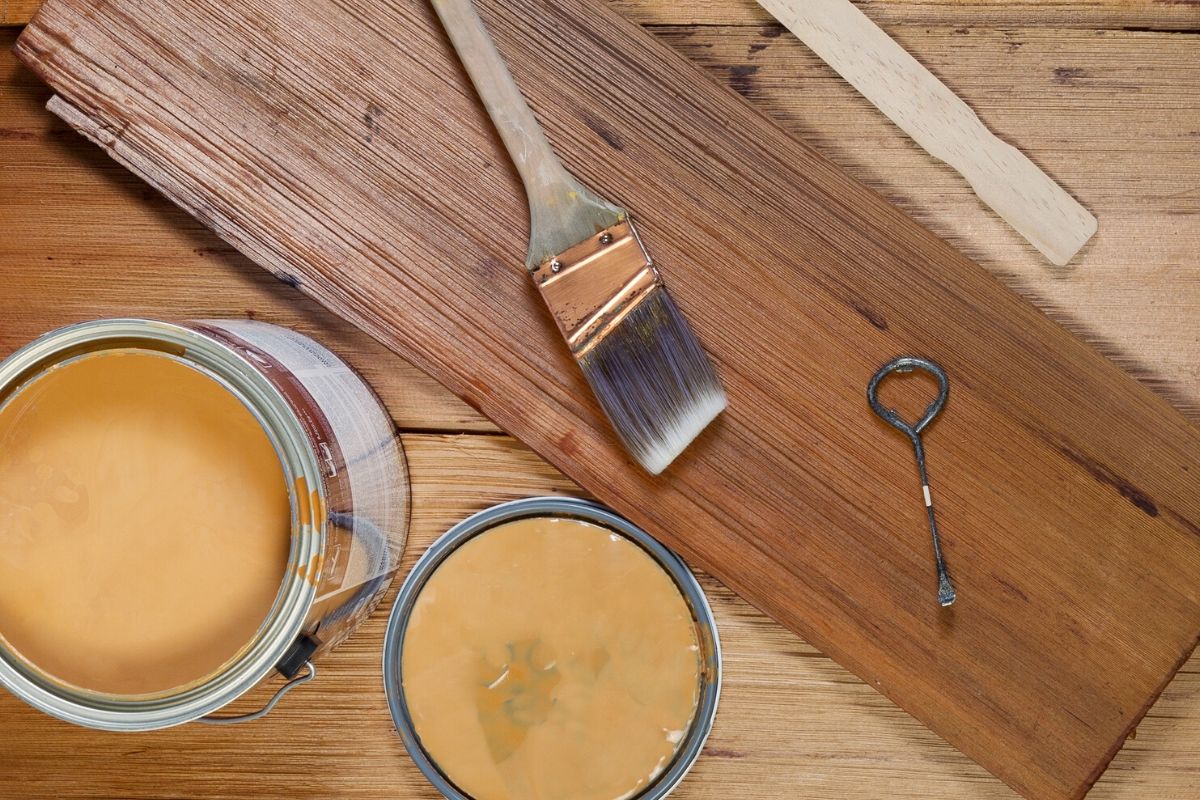For most people, wood is one of the best materials to laser cut and engrave because of how it is easy to work with.
However, engraving stained wood can also be problematic, especially to new users, especially if the stain is oil-based or petroleum-based and hasn’t been given enough time to dry off.
The answer to the question can you laser engrave stained wood is, therefore, yes, so long as you use water-based stains or let petroleum-based stains dry off completely to allow evaporation of the flammable pigment.
After drying off petroleum bases, spirit stains usually have very few flammable pigments left that won’t have any effect on the engraving process.
Should I Stain Wood before Laser Engraving?
It completely depends on the overall desired look of what you’re going for.
If you are looking to paint fill your laser engraving, then it is probably best to stain your wood before laser engraving.
If you want your laser engraving to pop, we recommend waiting until after laser engraving before adding stain.
Safety tips
Having proper ventilation is a safe home-based laser cutting technique you need to remember.
It would help if you also had a fire extinguisher close by in case you have to deal with flames. Chances of getting tiny flames are usually high when working with stained wood.
We recommend adding a damp cloth or a misty spray of water to help get rid of it and allow you to continue working.
Different woods react differently to laser cutting regardless of the type of stain used.
The laser cutter is most likely to cut through lighter woods like cherry easily to give a uniform appearance, but heavier woods like oak will require more power.
Therefore, you should control the laser power to ensure that the lighter wood isn’t ruined, and the heavier wood gets enough power to provide a uniform and accurate engraving.
The composition of the wood stains varies and releases different components to the surroundings when laser engraving.
Most stain solutions have metallic dryers added to them, and those can be harmful to your health. You should, therefore, have an exhaust system in place to prevent you from inhaling the composition.
Materials to avoid
Although wood is a natural raw material and product, you still have to be careful about how you select them. Some of the wood materials to avoid include plywood, exotic hardwoods, and fiberboard.
Plywood, especially layered veneer, is usually filled with glue, which may prevent the laser from cutting through evenly, especially when high glue is used.
Fiberboard is made with wood fibers that are connected by glue.
They are known to provide poor results and are sometimes highly inflammable, so we recommend avoiding Fiberboard. Oleander and Mexican elder should also be avoided because they produce “noxious flames” when being engraved.
While hardwood is excellent in terms of quality, exotic ones may be too dense to cut properly.
Other hardwoods like oak and bamboo may also have too much grain density that leads to inconsistency, especially when the engraving is deep. However, you can work around hardwoods if you know how to control the laser power.
Best Materials to Laser Engrave
Some of the best materials to laser engrave includes softwoods, like pine, redwood, and cedar. They are very easy to cut, cedar has a straight grain and great smell, and redwood, which is resistant to moisture and provides a nice reddish tint.
Hardwood options include birch, which is easy to find, cherry, and mahogany, which are popular furniture choices. These materials also work well with lasers: walnut, ash, balsa, and cork.
So whether you are looking to laser engrave stained wood or some exotic wood, we can help. Just send us a message or an email if you have questions or articles you would like us to cover.


